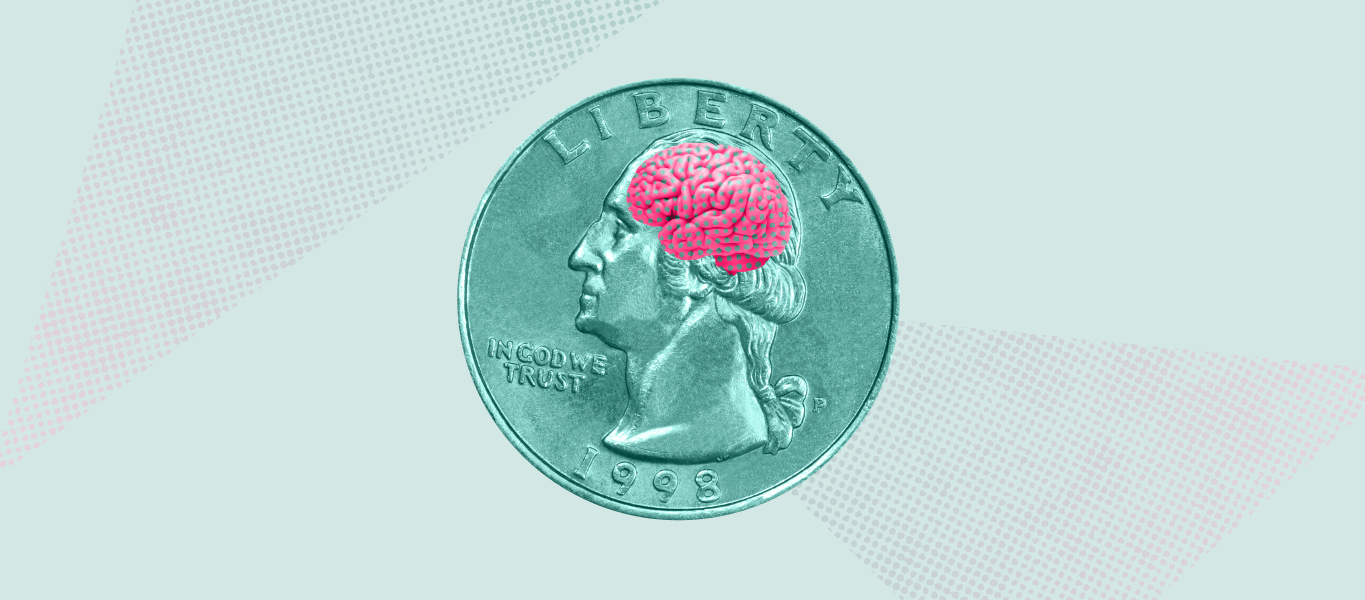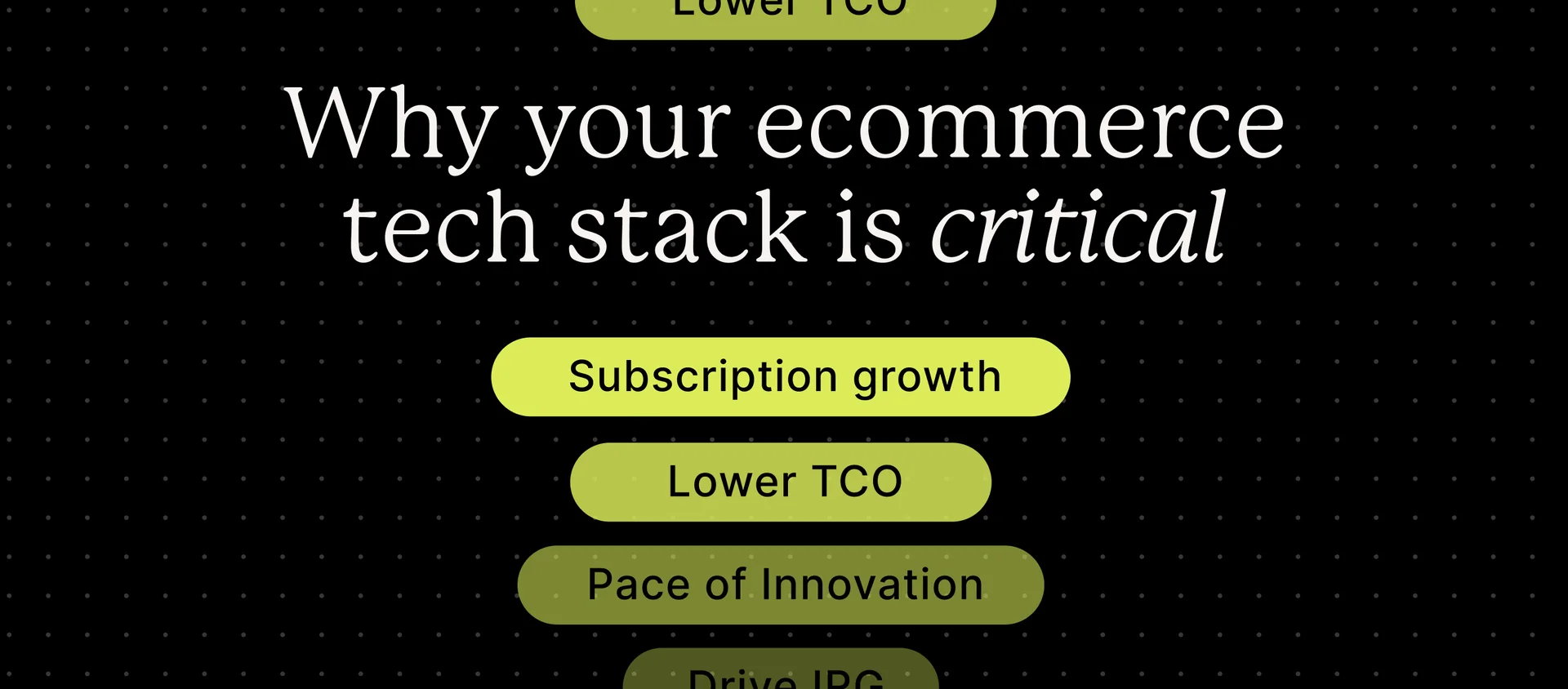Do you remember the infomercials that used to advertise products for “two low payments of $19.95?” Once you repeated it to yourself, you probably realized that the price was essentially $50. So why were they listing it as two payments of $19.95? They were using psychological pricing. Many businesses use psychological pricing strategies to impact consumer perceptions and influence buying decisions.
In this post, we’ll explore psychological pricing, how it impacts customer behavior, and a few examples of psychological pricing tactics you can start using today.
Key takeaways
- Psychological pricing impacts consumer perception and behavior.
- You can use simple tactics, like placing odd digits in the price ending, to influence the perception of cost.
- Psychological pricing strategies should reflect the greater ethos of your brand.
What is psychological pricing?
Psychological pricing uses consumer psychology to influence purchasing decisions. Like all aspects of your business, pricing your products involves strategy and consideration. Pricing is a key element in the success of your business and can impact your sales, revenue, and customer satisfaction.
As a business, pricing is at your discretion. Sure, the materials, ingredients, and production costs all factor in. But making certain modifications can spark a subconscious response in your customer and impact their decision to buy.
The benefits of using psychological pricing
Pricing your products greatly impacts the health of your business—it affects revenue, customer satisfaction, and reputation. Since psychological pricing is inexpensive to try, most businesses use at least one psychological pricing tactic to determine their prices. At most, you’re usually rounding down prices by a matter of a few cents. Plus, since the strategy drives more sales, you’re actually generating more revenue in the long run.
Psychological pricing is also easy to implement. You can easily update prices on your site and instantly see the impact. Plus, everyone loves a bargain. You can use psychological pricing to create this satisfaction and happiness for customers, making them more likely to return to your business in the future.
Finally, you can also use psychological pricing to direct customers’ attention to specific products and services. Psychological pricing can help you acquire new subscribers—you can lower the barrier to entry and get customers in the door by offering them a discounted first month or first order free.
5 psychological pricing strategies for your business
- Charm pricing
This is one of the most popular psychological pricing strategies. Charm pricing reduces a price so it’s expressed as a just-below number. For example, you’ve probably seen items listed at $19.99 or $7.95. Though it’s only a few cents away from the closest dollar amount, consumers find it to be a good deal.
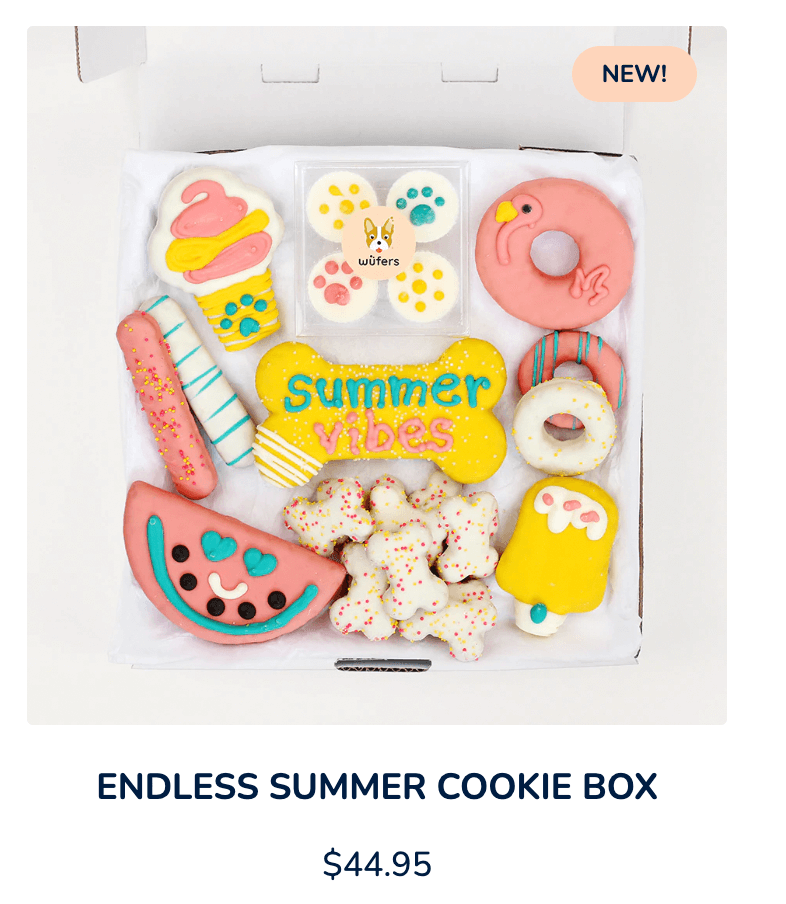
This is because there is a “left-digit bias” phenomenon. When customers look at a product price, their evaluation is disproportionately influenced by the left-most digit. Therefore, instead of having rounded prices, you should have a slightly lower number–even if it’s just a one-cent difference.
Research shows that with charm pricing, customers round down to the lower price instead of up. If your product is listed at $399, your customers subconsciously perceive it as $300.
- Odd-even pricing
Similar to charm pricing, customers are also more likely to purchase items with a price ending with an odd number. This psychological pricing tactic also leverages the fact that customers focus more on the ending digits.
Odd pricing means that a price ends in an odd digit—like $18.87—and even pricing means that it ends in an even digit—like $66.50. Customers interpret odd pricing as a good deal and are more likely to purchase.
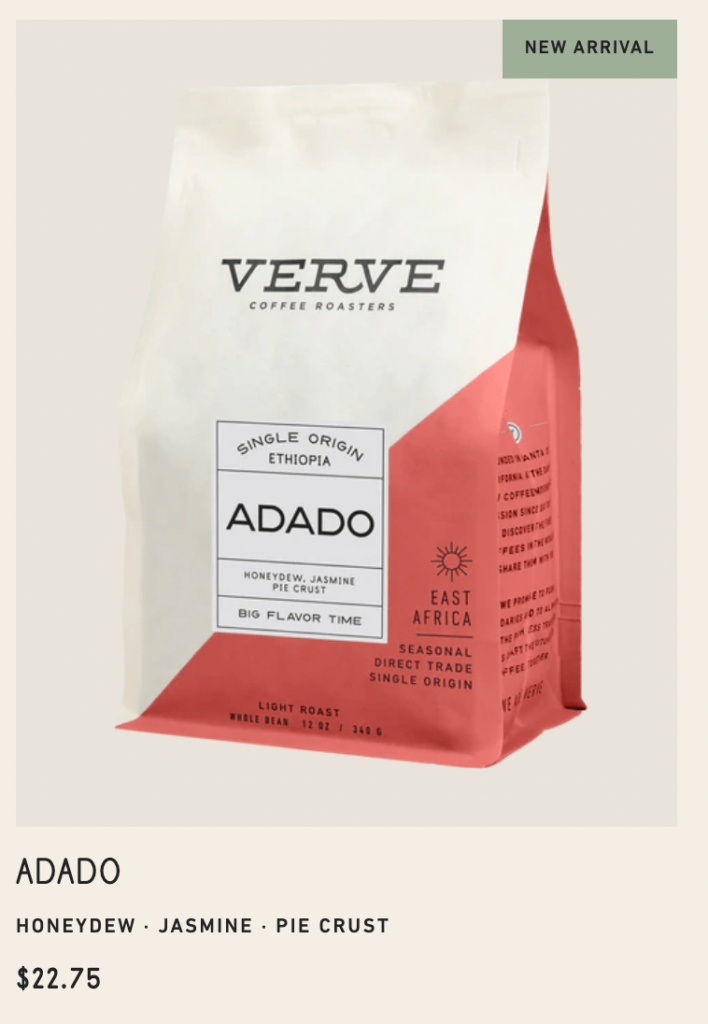
- Price appearance
Have you ever been at a restaurant, and noticed entrees listed for $18 instead of $18.00? Price appearance affects how customers feel about a price. $18 seems cheaper than $18.00 because it isn’t as long, even though the actual price is identical. A New York Times article found that even just removing the dollar sign can influence consumer behavior.
Even though the actual price is exactly the same, customers perceive shorter prices as costing less. So, for your prices to be perceived as cheaper without actually being reduced, remove the dollars and cent places.
- Price anchoring
With price anchoring, you can show that your product is being offered at a discount. For example, you might decide your deodorant subscription costs $20 per month. Then, you can add $25 as the price anchor. This shows the original price as $25, so it looks like it is being offered at a discount.
This makes customers think that they are getting a better deal—to them, it looks like the subscription is being offered at a discounted price. On your website, you should highlight the new price in comparison to the anchor price.
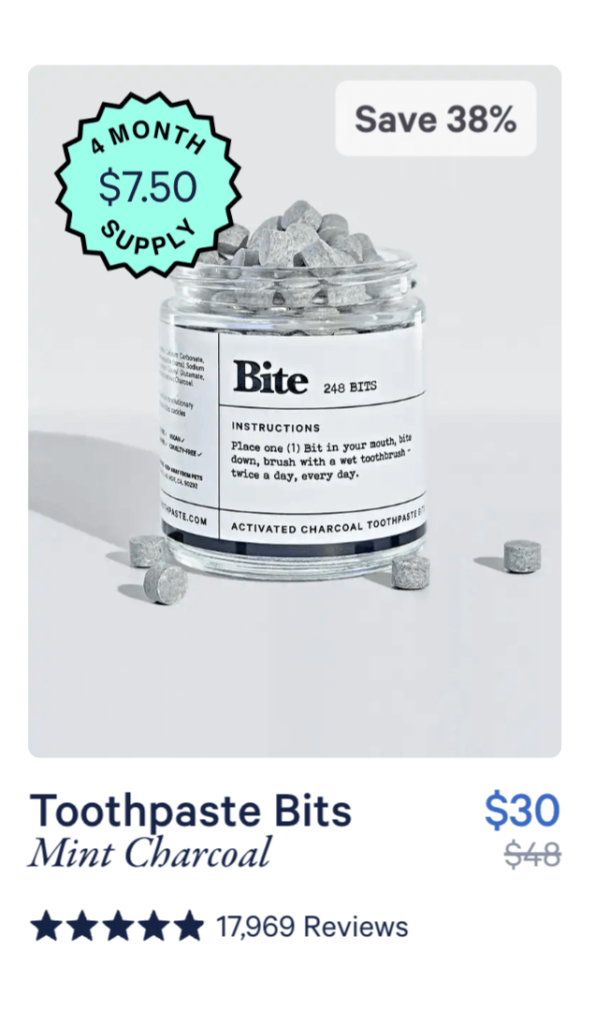
You can also use price anchoring to show how much a customer will save for a subscription. Anchor the normal cost in a smaller font, and highlight the new cost, so customers see the price difference and understand that they will get a big discount if they sign up for the subscription option.
- Artificial time constraints
With artificial time constraints, you can create a sense of urgency. For example, retail stores will have an early bird offer or summer clear-out sale for shoppers. You can apply this same example of psychological pricing to your subscription business.
Sales or events encourage customers to purchase quickly so they don’t miss out on the great savings. You can drive increased customer demand by creating incentives and the need to purchase instantly.
Incorporating psychological pricing tactics into your business
Psychological pricing strategies should complement your overall business plan. For example, if your business is focused on providing affordable products, you will want to communicate to customers that they’re getting quality products at a reasonable price.
High price points can also act as quality signals. We’ve all noticed something expensive, like a $300 face moisturizer, and assumed it was much higher quality than the drugstore brand. People also tend to prefer brand-name products over generic ones, even though they use the exact same ingredients. In other words, people tend to project higher quality onto products that cost more money.
So, you’ll want to find a balance between encouraging more customers to purchase because they feel they’re saving money, while also trusting in the quality of your products. In other words, you will want consumers to feel they’re getting a bargain, but not a cheap product.
Psychology 101
At the end of the day, your customers are people, and their cognition plays an important role in their behavior. The subscription industry is growing rapidly because it caters to elements of human psychology, like convenience, anticipation, and control.
Leveraging psychological learnings can help you influence your customers, but remember that no one likes to be tricked, or feel like a business is taking advantage of them. Psychological pricing techniques and pricing strategies can attract and retain customers. Harvard professor Gerald Zaltman estimated that 95% of purchasing decisions are made in the subconscious mind.
Tapping into those patterns and instincts can help you guide and steer your customers—just make sure you do it with consideration for your customers, your business strategy, and your brand reputation.
